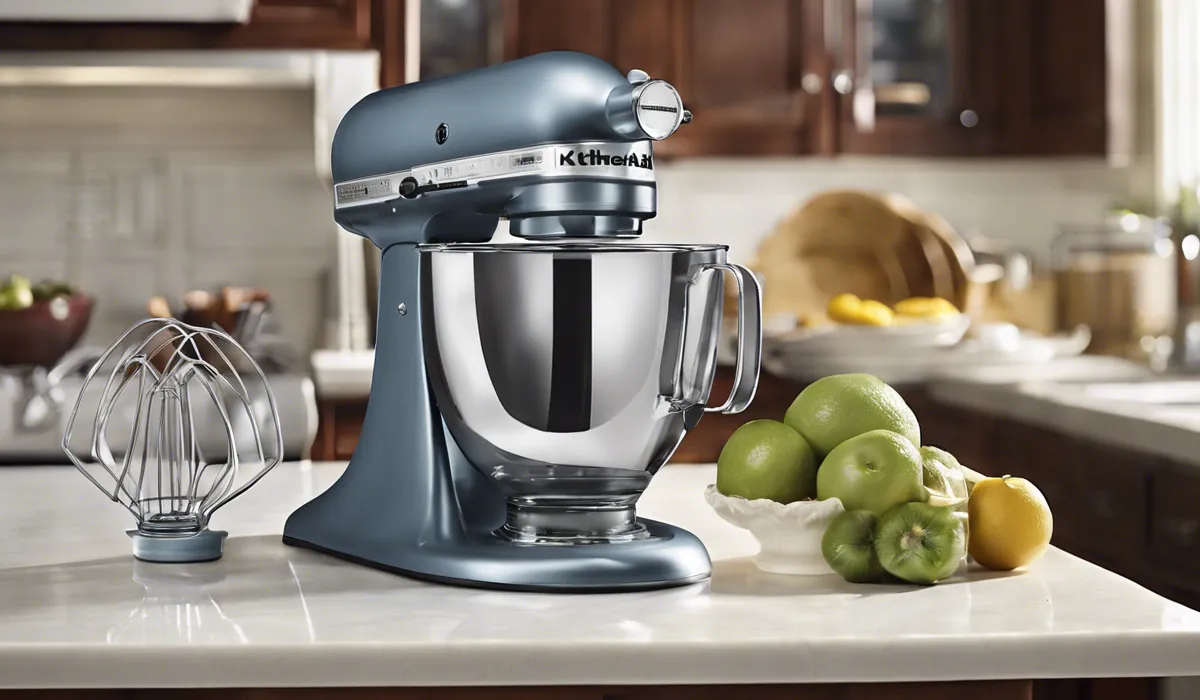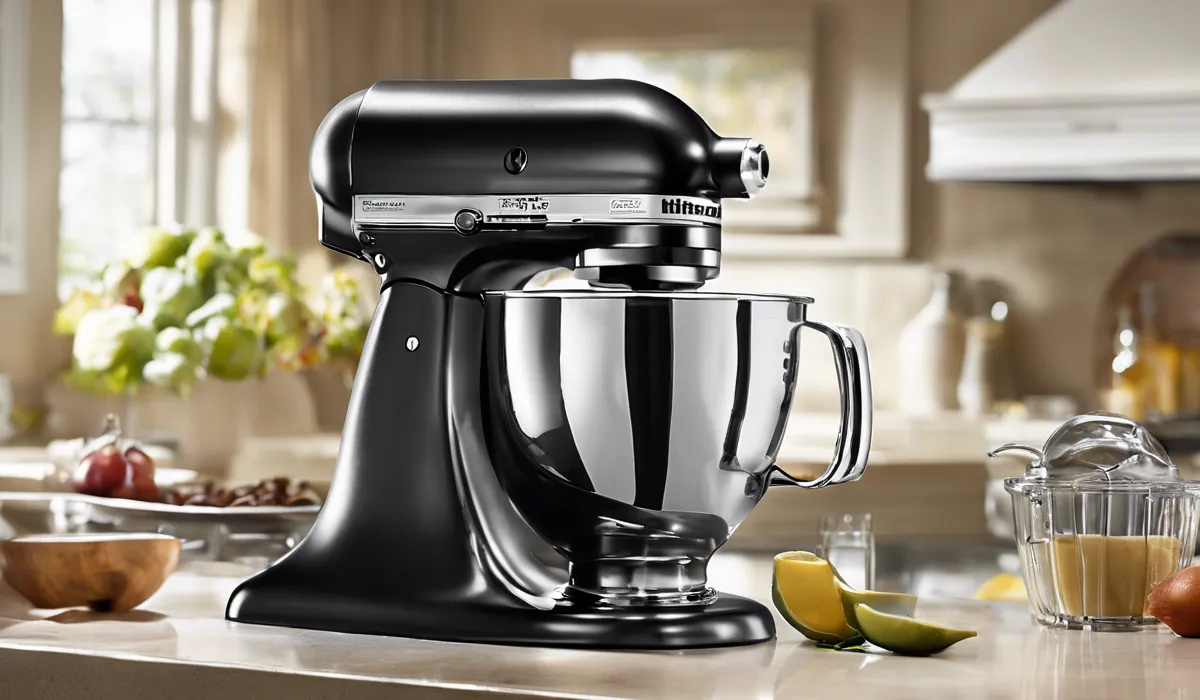Can KitchenAid Blender Go in Dishwasher? Safe Cleaning Tips
Most KitchenAid blender jars, lids, and blade assemblies are dishwasher safe and can be placed on the top rack. However, always check your blender’s user manual for specific instructions, as some components may require hand washing.
Understanding KitchenAid Blender’s Dishwasher Compatibility

Overview of KitchenAid Blender Models and Their Components
KitchenAid blenders come in various models, each with unique features and components.
The design elements, from the sturdy base that houses the motor to the detachable jar used for blending, are crafted with the user’s convenience in mind.
Most of these models include a blending jar, lid, and blade assembly, which are critical to the functioning of the blender.
The Difference Between Dishwasher-Safe and Non-Dishwasher-Safe Parts
Understanding which parts of your KitchenAid blender are dishwasher-safe is crucial.
Typically, the jar, lid, and blade assembly can withstand the rigors of a dishwasher cycle, particularly on the top rack where the heat and pressure are less intense.
However, the base of the blender, which contains the motor and electrical components, is not dishwasher-safe and must be carefully wiped clean with a damp cloth.
Manufacturer’s Guidelines on Cleaning and Maintenance
KitchenAid provides specific guidelines for cleaning and maintaining your blender to ensure its longevity. It is imperative to refer to the user manual that accompanies your particular model for detailed instructions.
The manufacturer emphasizes the importance of adhering to these guidelines to not only maintain the performance of the blender but also to secure the validity of any warranties.
How to Clean Your KitchenAid Blender

Step-by-Step Guide to Disassembling the Blender for Cleaning
Before cleaning your blender, ensure it is unplugged and all dials are in the ‘off’ position. Begin by removing the jar from the base and unscrewing the blade assembly.
With the parts disassembled, you can now determine which are dishwasher-safe and which require hand-washing.
Instructions for Hand-Washing Non-Dishwasher-Safe Parts
The motor base should never be submerged in water. Instead, wipe it down with a warm, soapy cloth.
For the blade assembly, if it is not dishwasher-safe, use a brush to carefully clean between the blades, taking care not to cut yourself. Rinse thoroughly and allow to air dry.
Tips for Using the Dishwasher to Clean Dishwasher-Safe Parts
Place dishwasher-safe components on the top rack of your dishwasher, ensuring they are secure and spaced out to allow for proper water flow.
Use a mild detergent and select a cycle that is suitable for delicate items. Once the cycle is complete, allow the parts to air dry or hand dry with a clean cloth.
Best Practices for Maintaining Your KitchenAid Blender

Routine Maintenance Tips to Extend the Lifespan of Your Blender
Regular maintenance is key to keeping your KitchenAid blender in top shape. After each use, clean the jar and lid to prevent residue build-up.
Inspect the blade assembly for any trapped food particles, and ensure the base is free from spills or stains. Store your blender in a dry place to avoid any moisture-related damage.
The Importance of Following Manufacturer Recommendations for Cleaning
Adhering to the manufacturer’s cleaning guidelines is not only essential for the proper functioning of your blender but also for your safety.
Incorrect cleaning methods can damage the blender and potentially void the warranty. Always consult the user manual for the best practices specific to your model.
Additional Care Tips and Common Mistakes to Avoid
Avoid using abrasive cleaners or scouring pads on any part of your KitchenAid blender, as they can cause scratches and damage the surface.
Do not overfill the blender jar, as this can lead to leaks and put unnecessary strain on the motor. Ensure the lid is securely fastened before blending to prevent any accidents.
FAQs About KitchenAid Blender Dishwasher Safety
Can I place my KitchenAid blender jar in the dishwasher?
Yes, most KitchenAid blender jars are dishwasher safe and should be placed on the top rack.
Are the lid and blade assembly of my KitchenAid blender dishwasher safe?
Yes, the lids and blade assemblies of most KitchenAid blenders are dishwasher safe, but it’s best to place them on the top rack as well.
Do I need to hand wash any components of my KitchenAid blender?
Some components may require hand washing; always check your blender’s user manual for specific instructions.
Is it safe to wash KitchenAid blender parts in the dishwasher’s bottom rack?
It’s recommended to place KitchenAid blender parts on the top rack of the dishwasher to avoid high heat and direct water jets that could cause damage.
How do I know if my specific KitchenAid blender model is dishwasher safe?
Check the user manual that came with your KitchenAid blender for model-specific instructions regarding dishwasher safety.
Final Thoughts
Many KitchenAid blender parts are dishwasher safe and should be placed on the top rack for cleaning.
To ensure proper care, it’s essential to consult the user manual of your specific model. This will provide detailed information on which components may need hand washing to maintain their quality and functionality.





